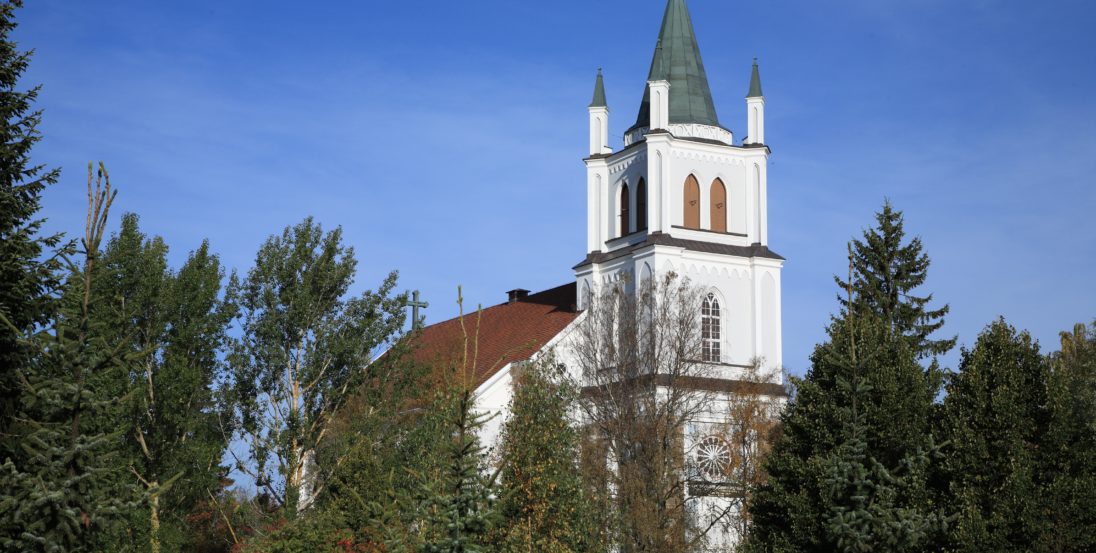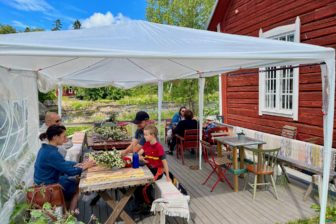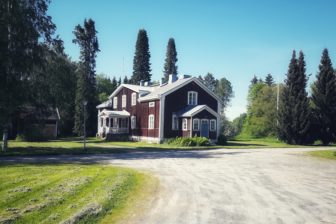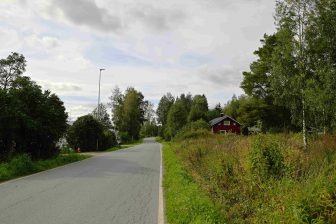Ylistaro became an independent parish in 1859, after being a chapel parish of Isonkyrö from 1658 onwards. In the 2009 parish reform, it was annexed to the Seinäjoki parish as a chapel parish. The current church is the third built for the parish. Completed in 1850, it was consecrated in May 1852.
The old church began to run out of space in the 1840s, and a decision was made to build a new one. Local residents were planning to build a wooden church, but the Emperor of Russia ordered that the parish, which was under imperial rule, was to have a stone church. The location of the new church was also debated. At the time, Ylistaro, with a population of 8,000, was Finland’s largest Finnish-speaking chapel parish. Because the church had to be of sufficient size to accommodate all churchgoers, the new building became the third largest church in Finland at the time of its completion.
The church is one of the first examples of early Gothic Revival in Finland. The handsome stone-and-brick building was designed by state architect E. Lohrman. The church has galleries on two levels on either side, and after renovation carried out in the 1970s, the church now seats 2,500 people. The vaulted church features a large arch window above an altarpiece depicting the Transfiguration of Christ, painted by Adolf von Becker in 1888. The church is 52 metres long and 26 metres wide. The tower’s main cross reaches 52 metres.




